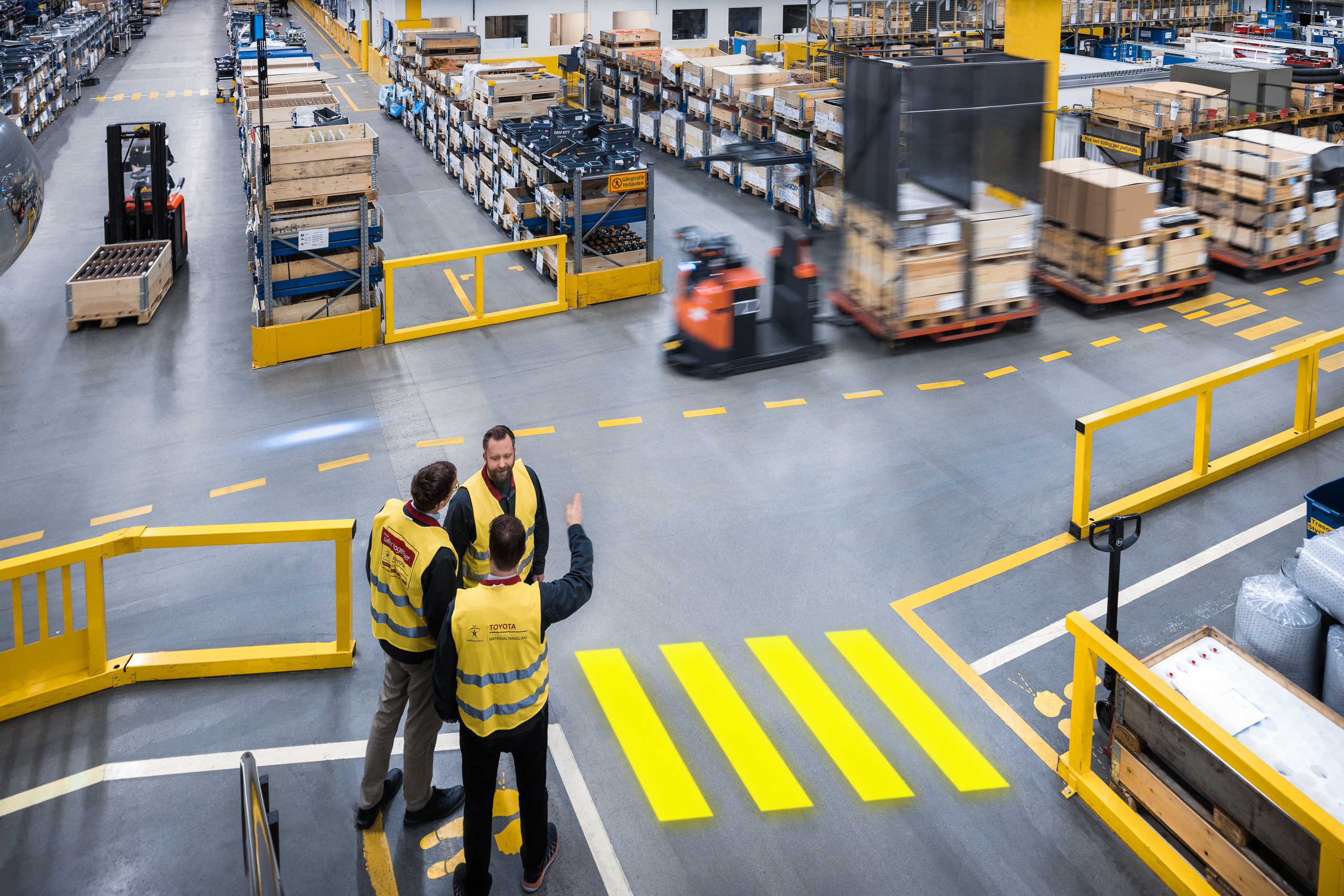Do Polymer Barriers Really Last Longer Than Steel?
 By
Helder Figueiredo
·
2 minute read
By
Helder Figueiredo
·
2 minute read
When it comes to protecting people, assets, and infrastructure in high-traffic environments, choosing the right barrier system isn’t just a safety decision: it’s a cost, performance, and maintenance decision too.
Many warehouses and logistics centres still use steel or metal barriers as their go-to. But are they truly the most effective solution long-term?
At Clarity, we specialise in flexible polymer barriers and we hear this question often. So let’s break down the truth, and most importantly, what it means for you.
The Real Cost of Metal Barriers
Metal barriers are seen as strong, reliable, and long-lasting. But in real-world factory and warehouse conditions, that perception doesn’t always hold up.
-
Metal bends, dents, and rusts. A steel barrier may survive a forklift impact, but it transfers that force directly into the floor or the vehicle.
The result? Cracked concrete, damaged trucks, and high repair costs. -
Cost per impact is where metal really starts to fall short. Each collision risks permanent damage to the barrier and surrounding infrastructure.
-
Downtime adds up. Replacing or repairing metal barriers takes time (often days), and can lead to significant disruption.
If your goal is to reduce maintenance, protect your operational uptime, and save money long term, traditional steel barriers might be costing you more than you think.
How Do Polymer Barriers Benefit You?
Polymer barriers are not just an alternative, they’re a smarter solution for modern industrial spaces.
Here’s how they work better for you:
1. Reduced Maintenance Costs
Polymer barriers flex and absorb energy on impact, preventing damage to vehicles, floors, and the barriers themselves. That means fewer repairs, less downtime, and more money saved.
2. Improved Workplace Safety
Because they absorb energy rather than transferring it, polymer barriers are significantly safer for drivers and pedestrians. They reduce the chance of injury from impact and help maintain structural integrity.
3. Longer Lifespan in Harsh Conditions
Polymer doesn’t rust or degrade like steel in wet or corrosive environments. Whether you’re operating indoors or outdoors, the material stays strong and reliable.
4. Flexible Layouts, Easy Upgrades
Need to move a barrier during a site reconfiguration? With modular designs like our MPM range, it’s easy to adapt without wasting materials or needing complex workarounds.
5. Cleaner, Brighter, and Easier to Maintain
Our barriers are non-porous and easy to wipe clean: ideal for food, pharma, or facilities with high hygiene requirements.
So, Do They Really Last Longer?
Yes! And not just in theory. In practice, Clarity polymer barriers outlast metal in busy industrial environments, especially when you factor in total lifecycle cost, time lost to repairs, and the toll of impacts on people and infrastructure.
We also offer a 2-year warranty on our polymer barriers (even when self-installed) because we know they’re built to last, and we stand by that.
Summary: Why You Should Care
If you’re responsible for site safety or operational efficiency, switching to polymer barriers means:
-
Fewer unplanned maintenance costs
-
Safer working conditions for your team
-
Better long-term value for your budget
-
Easier compliance with H&S expectations
When it comes to safety, performance, and long-term ROI - flexible wins.
Want to know which barrier suits your needs? Download the brochure below or get in touch today to discuss your specific requirements.





.jpg)